Article, photography and illustration by Fitz
(Lead image- The LeGrand Burger Debate print spread from the 004 edition of Southern Grit)
No other Norfolk dish has been more debated in 2015, with regards to quality, than Steve Marsh’s LeGrand burger. From chefs to food media journalists to foodies, more people than I can count have brought this burger up to me. I’ve literally been out to dinner with friends talking about the LeGrand burger and have had strangers interject their own opinion on the matter. When this debate breaks out, it’s always fiery and, almost always, zero degree of consensus is reached. It’s like having a conversation about religion or politics, contentious as hell and at this point I’m doing my best to avoid it.
For example, Danielle Jones of the food media blog Slice and Torte told me, “The LeGrand Burger is an enhancement of everything you want from a classic burger.” On the other hand, Sous Chef Jon Scheidt of Nouvelle refuses to even call it a burger, stating, “It’s JUST a patty melt.” Whereas Chris Conway of Nomarama Burger Club is quick to tell anyone that will listen, “This, [the LeGrand Burger] is the best burger in the area and I say this with complete confidence.” However, Chris Fellini, my former co-editor at the mag most infamously said that the LeGrand Burger is “just a glorified Big Mac.” So last night I went back up to LeGrand, ordered the burger, visited with Marsh, and tried to figure this shit out.
Soon after sitting down at the open air kitchen bar, with Marsh hustling behind burners and the occasional bursts of high flame, I brought up Fellini’s “Big Mac” comment. Honestly I may have tried to instigate something. True to form, in his straight forward manner, Marsh told me, “It’s a f****** solid burger and if it IS a glorified Big Mac, then I am doing something right. Do you know how many of those things McDonalds has sold. Some people go out to eat looking for something wrong and I think that is him. It’s a f****** nine dollar big delicious cheeseburger. What are you b******* about?!”
Marsh referring to his burger as “big” is ironic since that seems to be the first point of contention in the debate. Sous Chef Scheidt’s “patty melt” assertion, for example, is by definition wrong. A patty melt is served on two slices of flatbread ― either rye or sourdough ― not a bun as is the case with Marsh’s burger. Also, patty melts are typically served with Thousand Island dressing, unlike the LeGrand burger. As talented a sous chef as Scheidt is, I submit he obviously knows the difference between a burger and a patty melt, so I assume his thoughts on LeGrand’s burger are more of a size critique ― particularly when you consider that the Nouvelle Burger Scheidt is slinging is substantially larger in size.
In many ways, the patty melt harkens back to the early formulation of the burger in America, before buns were a defining characteristic and before there was an accepted combination of components. Charlie Nagreen of Wisconsin in 1885, Louis Lassen of New Haven, Connecticut in 1900, and the Menches Brothers in Hamburg, New York in the 1880’s all served variations of meat between flat bread and lay claim as the creators of the burger. It should be noted that, in terms of size ―Lassen’s burger consisted of “scraps of meat”, and Nagreen’s had flattened meatballs ― neither exactly heavyweight offerings.
——————————————————————————————————–
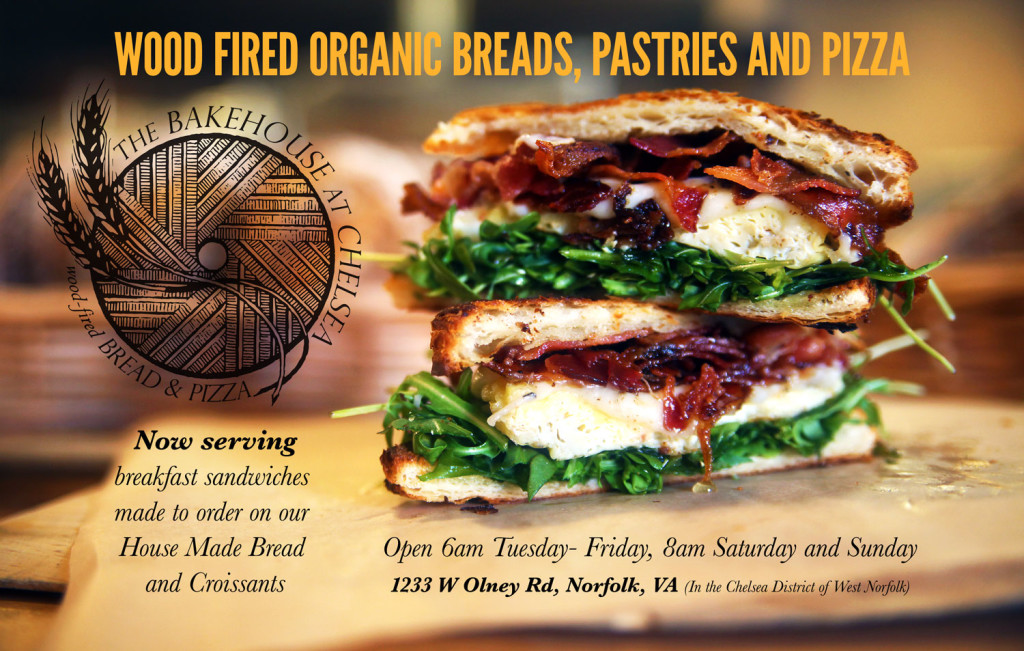
Simply one of the freshest and best breakfasts available in Norfolk! Visit The Bakehouse at Chelsea online HERE or click the image above!
——————————————————————————————————–
It would be two men, however, who utilized buns specifically for burgers. Oskar Weber Bilby in 1891 in Tulsa, Oklahoma served Angus beef between homemade yeast buns at large feeds on his grandma’s farm and, some quarter of a century later, a fry cook, Walter Anderson of Wichita, Kansas (later of White Castle fame) created small buns to fit his patties. Arguably, these two men have the best claim for the burger as we know it. After all, what’s a burger without a bun?
LeGrand’s burger echoes the looks and cooking application of patty griddling from Bilby’s burgers, which are still available at the family owned restaurant in Oklahoma. Here, one can argue that Jones’s contention of Marsh elevating the classic burger has true merit. And ironically, while others have harkened the LeGrand Burger to a glorified Big Mac as a put-down, both maintain the humbler size and griddle application of the original White Castle burger, thus making the argument for Marsh’s burger actually being the more authentic to the classic American burger.
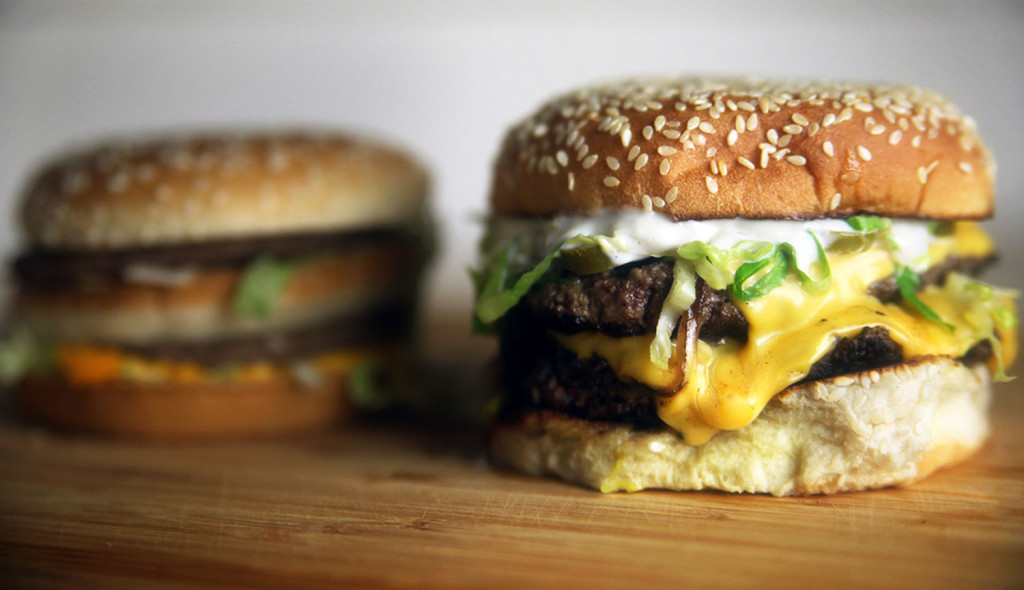
Sometimes compared to the Big Mac (pictured left), the patties of the LeGrand Burger (pictured right) weighed in at 5.74 ounces (cooked)― nearly triple the weight of the fast food burger which weighed in just above 2 ounces (cooked)
It wasn’t until Daniel Boulud dropped his DB Burger in 2001 in NYC ― stuffed with foie and wine braised short rib ― that the growth in size and artisan-style execution of the burger began to be accepted by the public. Notably, the 21 Club in Manhattan with it’s burger (predating the DB burger) and more recently the Black Label burger at Minnetta Tavern in Greenwich Village also helped to aggrandize such enlarged patties. These specialty versions of our American staple, in the totality of history, are newer incarnations and not what Marsh’s burger is about.
When it comes to other popular burgers in Norfolk from progressive chefs like Marsh (the Nouvelle Burger by Estero, The Saint Germain Bar Burger by Hledik, burgers from David Hannah at Press 626) they all follow the lead of Boulud’s grandiose artisan burger. For Marsh, however, it’s about perfecting the diner-burger experience he’s loved all his life. He’s trying to elevate the longer held griddle approach to the American hamburger and add to the legacy of Bilby and Anderson by creating a “finer diner” burger.
For more on LeGrand Kitchen visit them online HERE

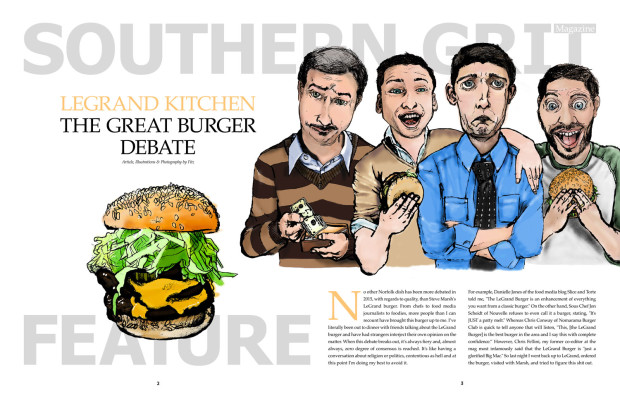
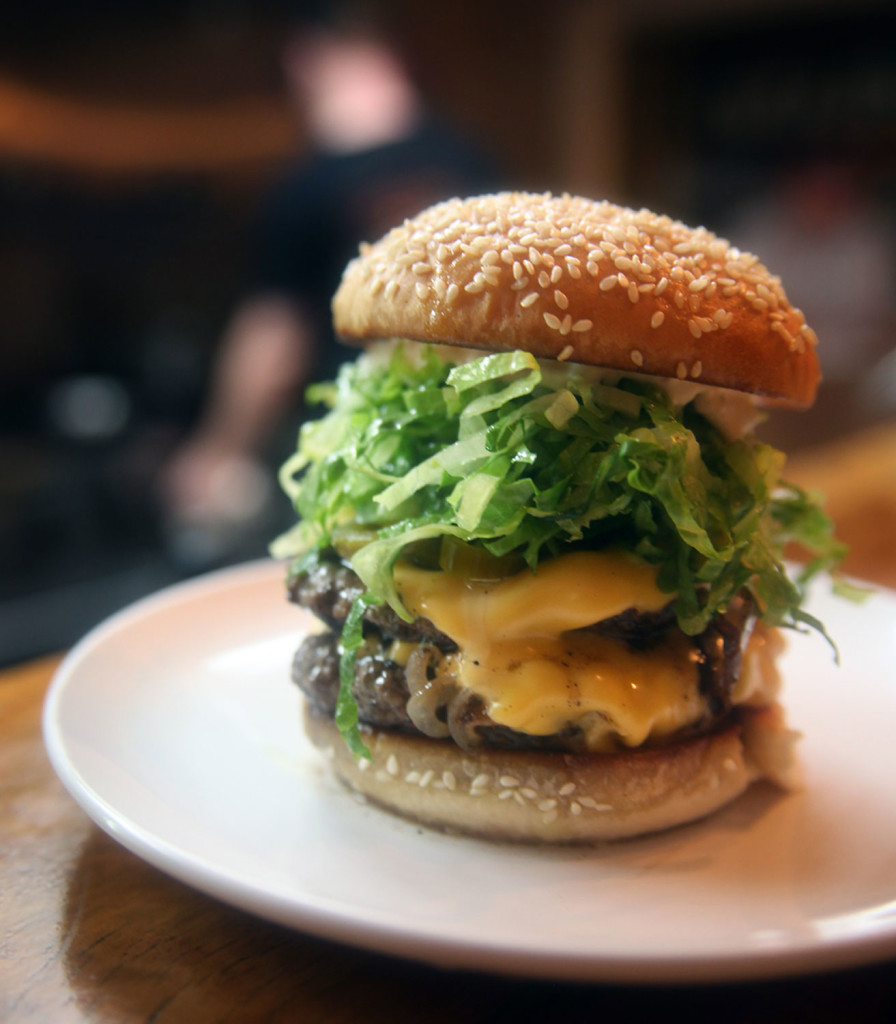
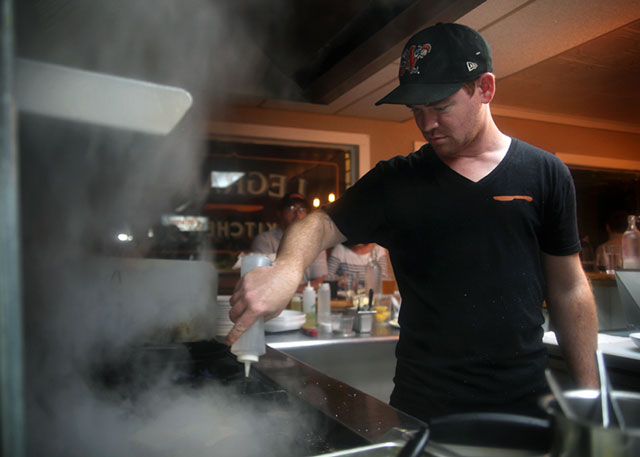
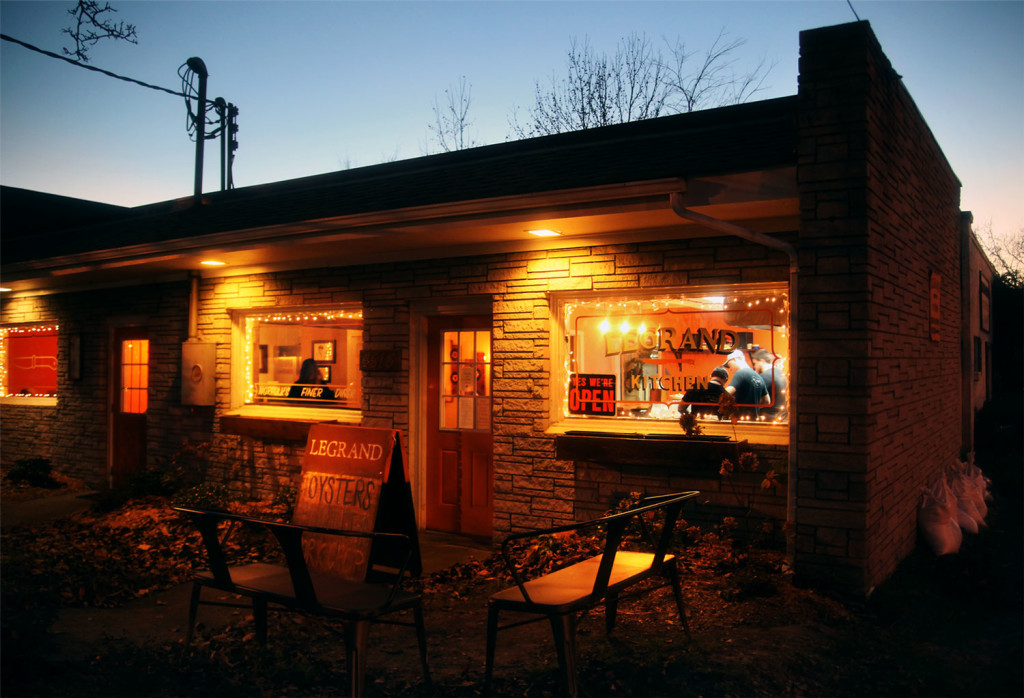
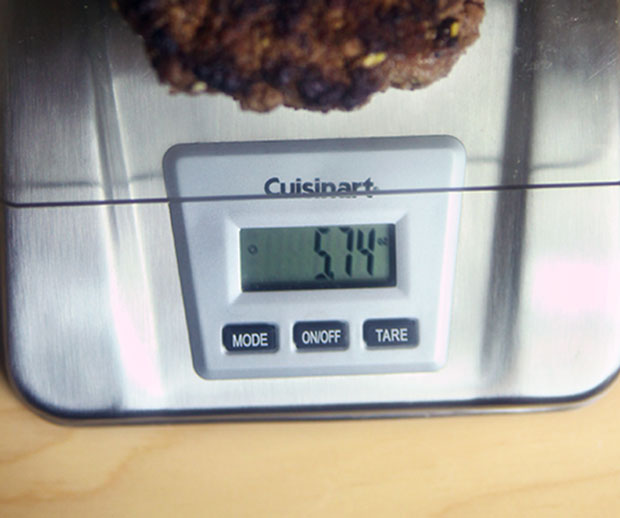

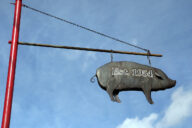
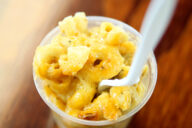
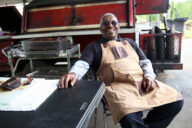

No Comments